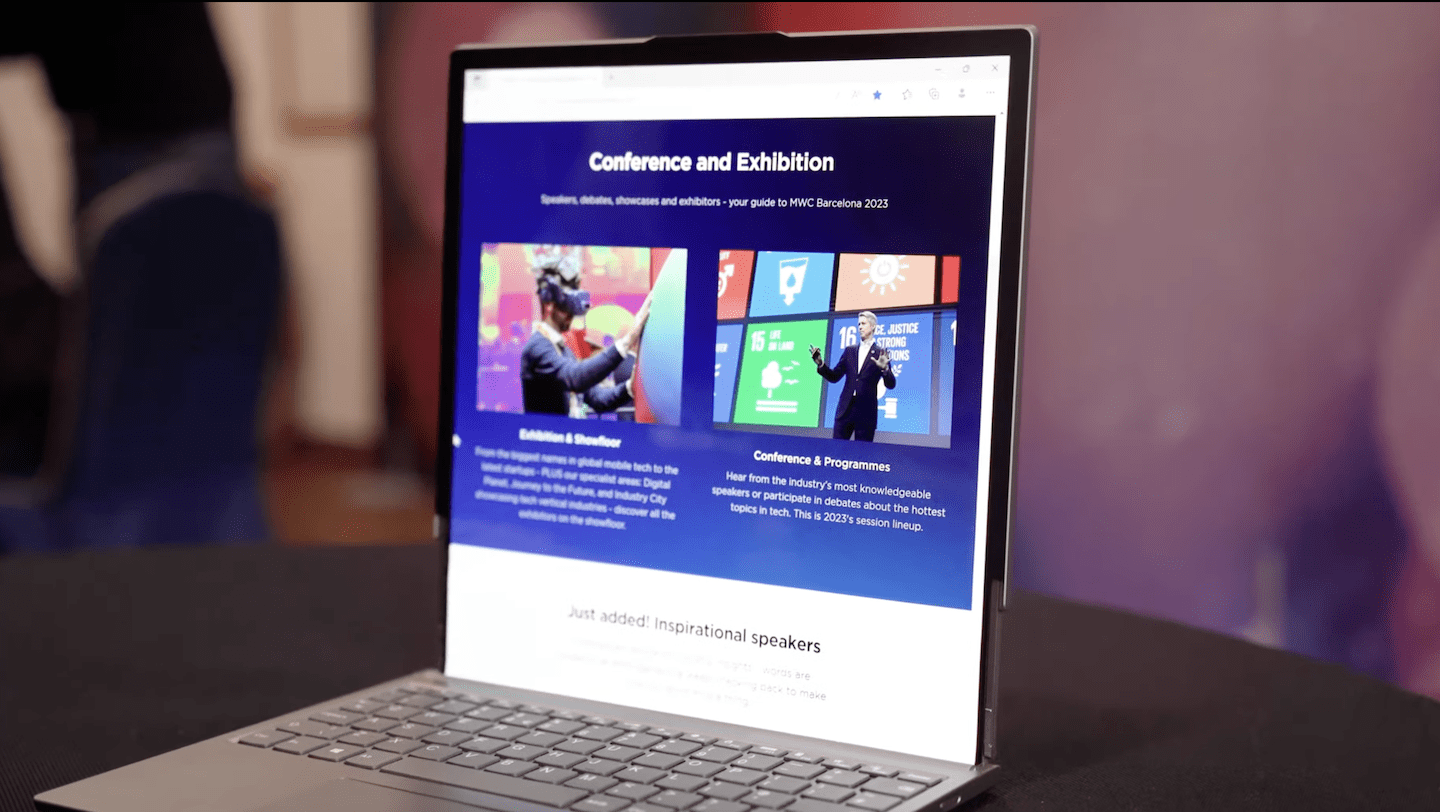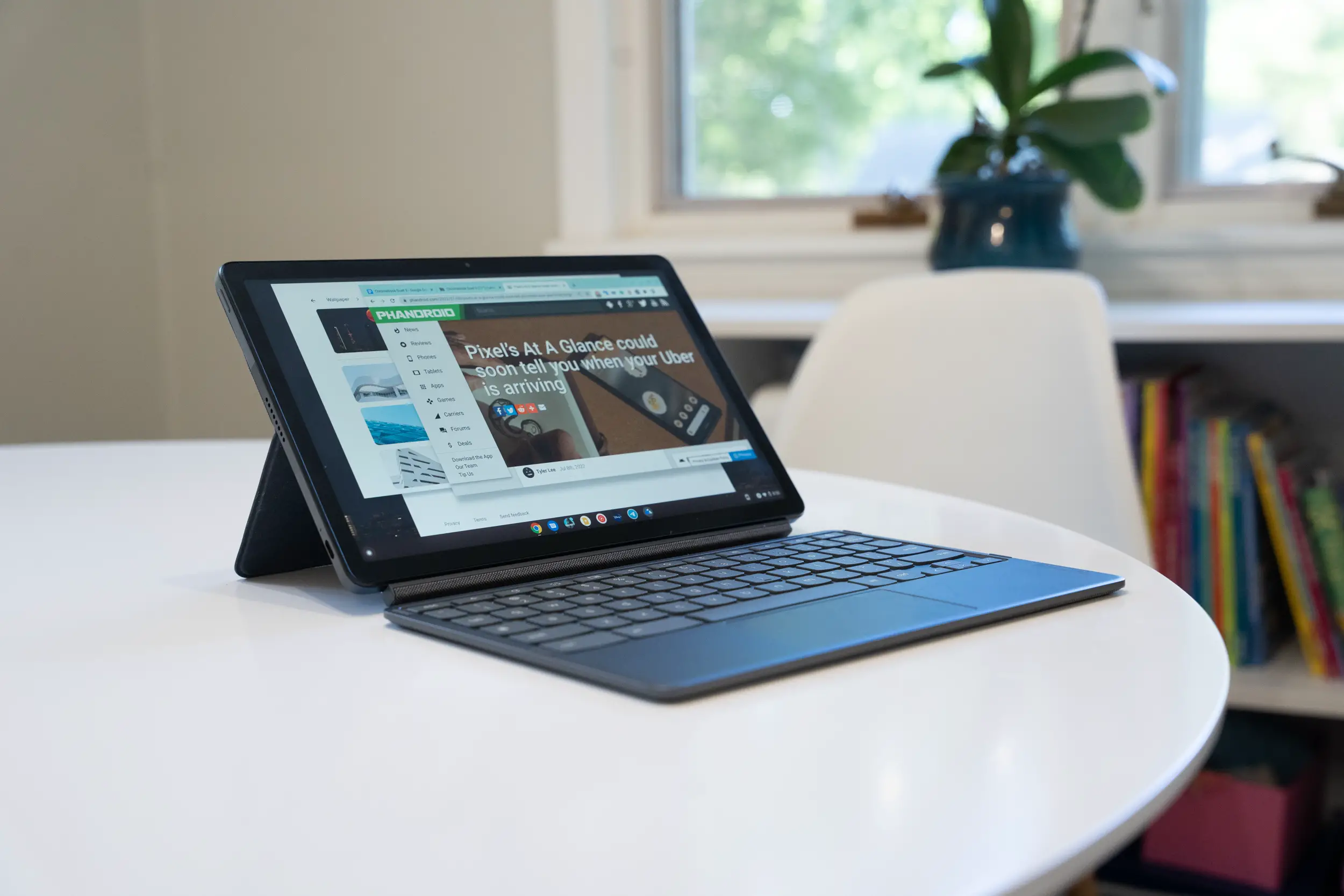With ARM, Qualcomm, NVIDIA, and some of the smaller players such as Marvell providing the backbones for smartphone and devices that carry Android, it’s easy to forget that Intel is looking to inject some of their elixir into the equation and drive the fundamental element of a successful economy: consumer choice.
Aava’s hopping on this train with their latest Virta platform, a reference design for smartphones based on Intel’s Atom Z600 mobile processor. The phone will feature a 3.8-inch capacitive display with a resolution of 864×480, quad-band EDGE support, AT&T-compatible 3G bands, WiFi, Bluetooth, and a 5-megapixel camera capable of capturing video.
Developers hoping to get their feet wet with getting Android up and running on Intel’s x86 architecture can expect the Virta to ship in Q3 this year. Wander below for the press release.
Aava Mobile Announces ‘Virta Android SDK’ for Developing Android on Intel® Atom™ Processor Based Platforms
Hardware-Enhanced SDK Speeds Development of Android App’s for Intel-Based Devices
Taipei (Computex 2010) — June 2, 2010 — Aava Mobile (www.aavamobile.com) today announced Virta™ Android, a hardware-enhanced software developer kit (h-SDK) for Android developers wishing to write applications for smartphones and tablets running the newest Intel® Atom™ Processor Z6xxx Series based platforms (previously codenamed “Moorestown”). The Virta Android is a fully functioning x86 smartphone that comes pre-loaded with a tailored Android SDK ported to Intel Atom processors.
Aava Mobile created Virta Android to give application developers a real-world device for development and testing. Virta Android is cross-compatible with all current Android SDK software and comes with a capacitive touch screen, accelerometer, GPS, haptic feedback, and video/still camera. Virta Android includes a GSM/EDGE quad band and WCDMA triple-band (band I, II and V) modem, Wi-Fi, Bluetooth and all antennae connectivity for complete platform and application testing. The Virta Android is the only phone factor SDK for developing and testing Android platforms and applications to run on Intel Atom processor based devices.
The Virta Android h-SDK was created in cooperation with Intel and has been validated and hardened for Android by Wind River. “Developers require a stable and feature-complete development platform to achieve fastest time to market. Aava Mobile licensed the Wind River Platform for Android to meet developers’ needs by offering a reliable software foundation that is highly optimized for the Intel-based device’s baseline capabilities,” said Chris Buerger, senior director of product management at Wind River.
Application developers Ixonos and Teleca are already using a beta version of Virta Android. “We’ve found Aava’s SDK to be very stable and compelling experience while the addition of a functioning smartphone as part of the SDK enables us to test UI and usability issues in a real world setting,” said Andrew Till, vice president of solutions marketing at Teleca.
Virta Android h-SDK Availability:
Aava Mobile’s Virta Android h-SDK for developing ‘Android on Intel Atom Processors’ can be pre-ordered today by visiting http://www.aavamobile.com/cdk-pre-order.php. The h-SDK is slated to ship in Q3 of 2010.Aava Mobile x86 Reference Design:
Aava Mobile’s x86 smartphone reference design answers consumers’ demand for more powerful mobile devices that still fit in a pocket and can last an entire day on one battery charge. Current smartphone designs use under-powered chips that conserve battery life, while netbooks and tablets are more powerful but drain batteries quickly and lack the instant-on software experience. Aava Mobile’s reference design is based on the Intel Atom Processor Z6xx Series.Links:
– Image downloads & video: http://www.aavamobile.com/downloads.php
– Hardware features and specifications: http://www.aavamobile.com/specs.php
– Media interest: http://www.aavamobile.com
– Pre-order Virta Android h-SDK: http://www.aavamobile.com/cdk-pre-order.phpAbout Aava Mobile:
Aava Mobile was founded in 2009 by a team of engineering wizards with a strong background in mobile phone development who wanted to build an open-source mobile device platform for the OEM/ODM market. Aava Mobile’s open devices harness the creativity of developer communities and provide the flexibility to OEM/ODMs and mobile operators to incorporate their own user interface, content and services to differentiate their devices from competitors. More information can be found at www.aavamobile.com.
[via Engadget]











What a heap. You would think with all the hoopla that Intel was giving the Moorestown it would be a monster. Instead they should have called it Ghosttown. From the early hands on with the device many sites have reported that the device struggles to perform on par with a 1 Ghz Snapdragon. By the time one of these bricks comes to market the next gen. Snapdragons and T.I. OMAP SoC will be out and about running circles around this.
It looks like a good phone but it doesn’t seem as snappy as other phones.